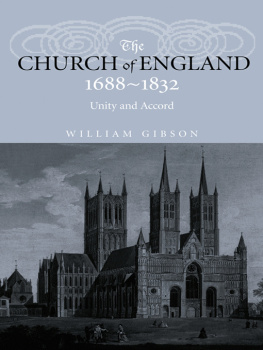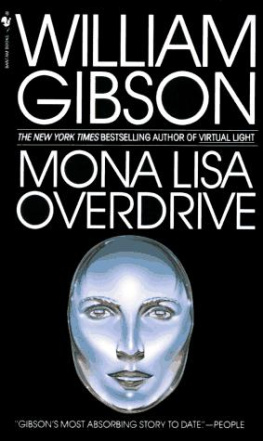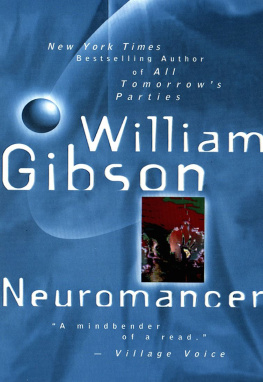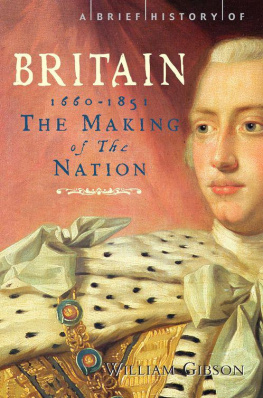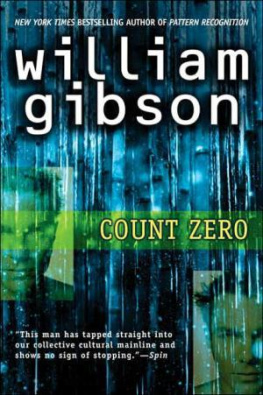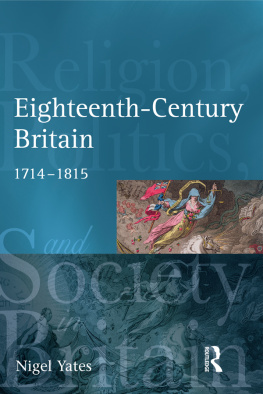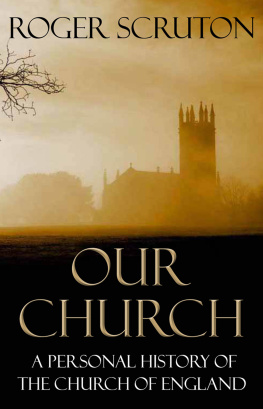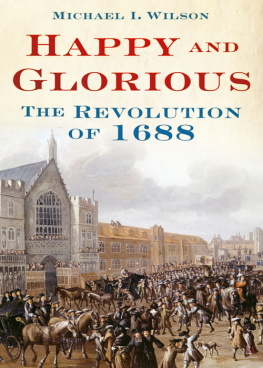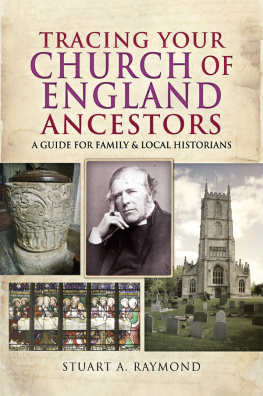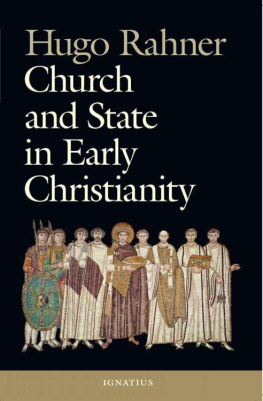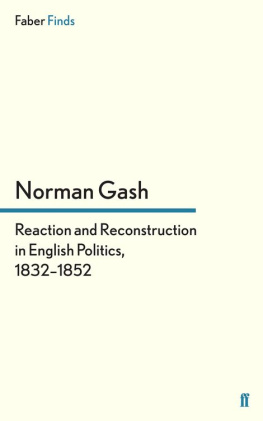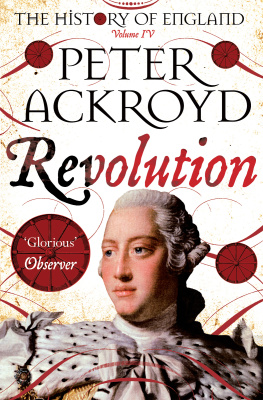INTRODUCTION
Less than twenty years ago historians bemoaned the absence of studies that would place the eighteenth-century Church in a clearer and truer perspective. Today that imbalance has largely been corrected with a number of studies of the Church between 1689 and 1832. In fact Boyd Hilton has suggested that the rehabilitation of the eighteenth-century Church is now almost a commonplace.
Almost without exception the recent studies of the eighteenth-century Church have redressed the traditional view of bishops, clergy and laity. However most of these works have viewed the Church from within a traditional framework, which assumes that the eighteenth-century Church was irrevocably divided and fractured by controversy. Yet a thorough reading of the work of churchmen of the century suggests that divisions between them have been exaggerated. Certainly the division between High and Low Churchmen of the eighteenth century was narrower than that between Laud and the Puritans and the Tractarians and Low Churchmen of the nineteenth century. Moreover the historical attention given to the fleeting moments of controversy in the eighteenth century has masked the widespread and profound commitment to peace and tranquillity among both the clergy and the laity. The same applies to divisions between Anglicans and Dissenters; not only did most live in peace with one another, but in many ways they did not see themselves as separate and discrete.
The unity of the Church stemmed from the Glorious Revolution. While the Revolution was the cause of the departure of the Non-jurors from the Church, it also established a providentialism that was a corner-stone of eighteenth-century Anglicanism. For the most part the Revolution of 1688 ensured that unity of the Church by emphasising the continuity of the monarchy and ecclesio-political doctrines like that of the divine right of kings. In turn the Church ensured that the Revolution was in Steven Pincuss words a national revolution.also demonstrates the inadequacy of the categories of churchmanship that historians have, for the most part, been happy to use. High Church and Low Church were not exclusive categories of thought and churchmanship. They were blurred and broad streams within Anglicanism that often merged, overlapped and coincided. The mistaken assumption that these were hard and fast categories helped to construct an appearance of division and disunity. As a result, moments of controversy and division have become archetypes for the Church in the eighteenth century. Instead of seeing the Convocation, Sacheverell and other episodes as untypical, transitory moments, historians have seen them as symptomatic of divisions that reached from the top to the bottom of the Church. Yet there is little evidence for this; and far more that the political relationship between Church and State pacified and united society. The alliance between Church and State under Robert Walpole and Edmund Gibson neutralised Jacobitism, and by the second half of the century militant High Churchmanship had evolved into a movement for doctrinal orthodoxy that was mobilised to defend the State from Dissent and radicalism.
In part the ecclesiastical commitment to unity and peace was a response to the Toleration Act, which created competition in worship. Clergy walked a narrow path between attracting worshippers to the Church and correcting the behaviour of their parishioners. But it also created higher and uniform standards of pastoral care, better training for the clergy, sustained moral regulation and a buttress for orthodoxy in the universities. One of the ways in which the Church gave effect to its commitment to unity and peace was its participation in culture. The engagement of the Church in both popular and elite cultures suffused society in the Anglican values of politeness, civic humanism and social reconciliation. The Churchs doctrine of unity was also reflected in its commitment to the unity of Protestant Christendom. Anglican leaders were instinctively attracted to unity with foreign Protestants; and they felt an equally strong call to co-operation and amity with Dissent. The same is true between Anglicanism and Methodismindeed paradoxically the antagonism between the Church and Methodism arose from a hatred of schism and separateness.
National identity in eighteenth-century England was also indivisible from Anglicanism: government was a religious construct and Anglicanism was welded into the structure of the establishment. This identification of religion and national identity was both a potent cause and a consequence of national conflicts abroad. The effect was that in most shared national experiencesworship, lore, education and charityAnglicanism was ever-present. Its gift to national identity was to drench nationhood in tradition and in the Anglican values of moderation and restraint.
If as J.H.Hexter claims, history, and particularly ecclesiastical history, is divided into splitters and lumpers this book is clearly a work of lumping. But it does not assume that Anglicanism was a universal solvent in the eighteenth century. Undoubtedly there were divisions in the Church, the question is how profound were they and did they blight the effectiveness of Anglicanism. Was the principal identity and instinct of Anglicanism toward division or unity? This work seeks to advance the view that division was not the principal feature of the eighteenth-century Church; peace and unity were stronger forces in the minds of churchmen.
Notes
B.Hilton, Apologia pro Vitis Veteriorium Hominum , Journal of Ecclesiastical History, 1999, vol. 50, no. 1, p. 119.
Though the Daily Telegraphs series AD 2000 Years of Christianity asserted of the eighteenth century that the Church was by no means ineffective in the parishes and on the clergy the evidence of Bishops Visitations indicates a generally high standard. AD 2000 Years of Christianity, Part 5, 1999, p. 29. In contrast, John Brewers recent book The Pleasure of the Imagination, London 1997, fails to see the significance of religion in the eighteenth century. And Frank OGorman recently claimed that the spiritual needs of the people were not being met. F.OGorman, Eighteenth Century England as an Ancien Regime , S.Taylor, R.Connors, C.Jones (eds.) , Hanoverian Britain and Empire, Essays in Memory of Philip Lawson, Woodbridge, 1998, p. 32.
S.Pincus, To Protect English Liberties: the English Nationalist Revolution of 16889, T.Claydon and I.McBride (eds.) , Protestantism and National Identity, Britain and Ireland, c.1650c.1850, Cambridge, 1999, p. 102.
K.Robbins , Great Britain, Identities, Institutions and the Idea of Britishness, London, 1998, p. 113.
J.H.Hexter , On Historians, Cambridge Mass., 1979, pp. 2413. I owe this reference to Robert Ingram of the University of Virginia. Hexter wrote: Instead of noting difference, lumpers note likenesses; instead of separateness, connection.
1
HISTORIANS AND THE EIGHTEENTH-CENTURY CHURCH
If the mantra of the post-modernist historian is history is theory, theory is ideology and ideology is material interests, a study of the eighteenth-century Church, superficially at least, is a model of postmodernist history. The historiography of the eighteenth-century Church is profoundly ideological: Victorian historians defended their class, professional and intellectual interests, and diverted attention from the need to change, by consciously depicting their predecessors as incapable of reaching Victorian standards. Even the most restrained critic of the Victorians conceded that what they wrote of the eighteenth-century Church was myth: self-confident and self-assertive, they [the Victorians] developed a mythology about their Georgian predecessors, and this mythology has held sway since then. Like a wilful child jealous of a sibling, the Victorian ecclesiastical establishment attracted attention to the achievements of its own age and intentionally suggested that the Georgians were hopelessly divided and turbulent. The Victorian view is particularly ideological since many nineteenth-century historians were clerical adherents of the Tractarian and Evangelical movements, which assailed their opponents as bitterly as any political party. Consequently there was more at stake than just an account of the past; the Victorians were writing a history which would defend their own ideology and the construction of their own religious establishment. It was as if Margaret Thatcher was writing the history of the post-war consensus.

